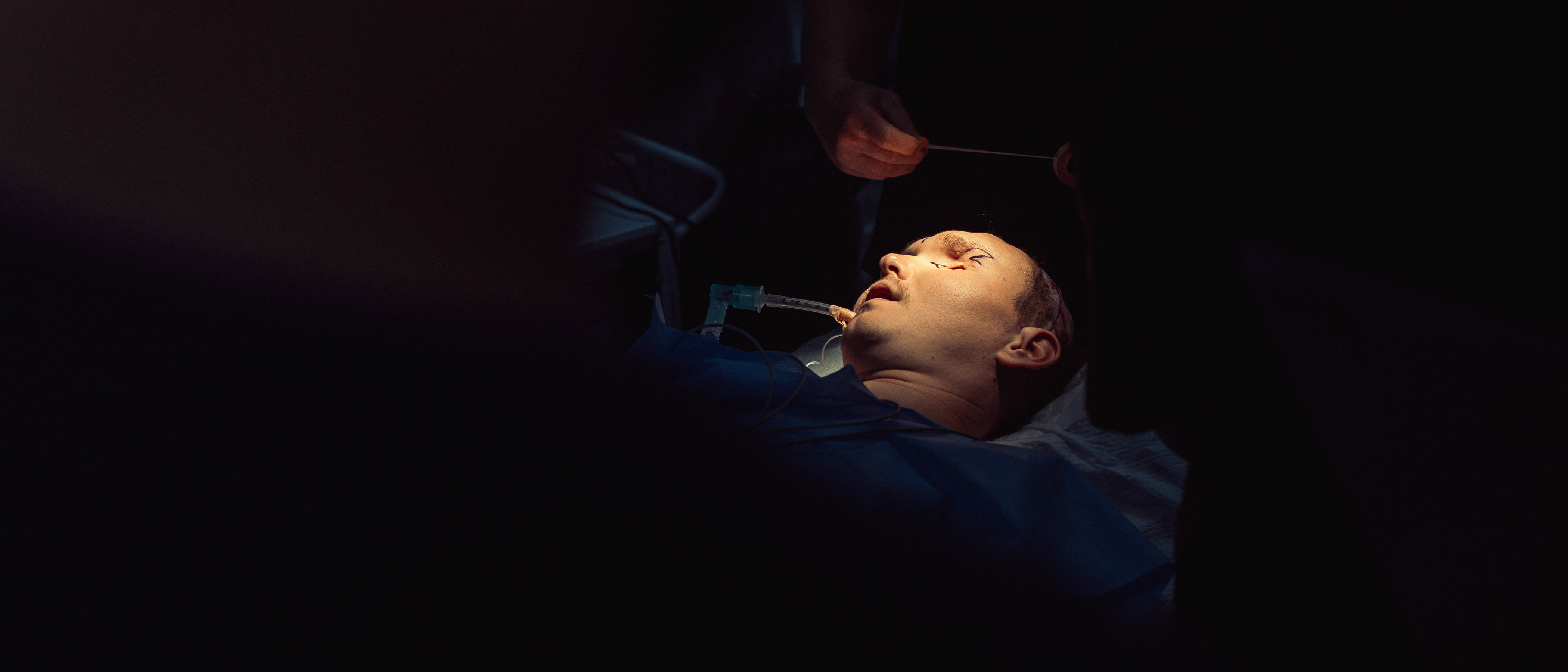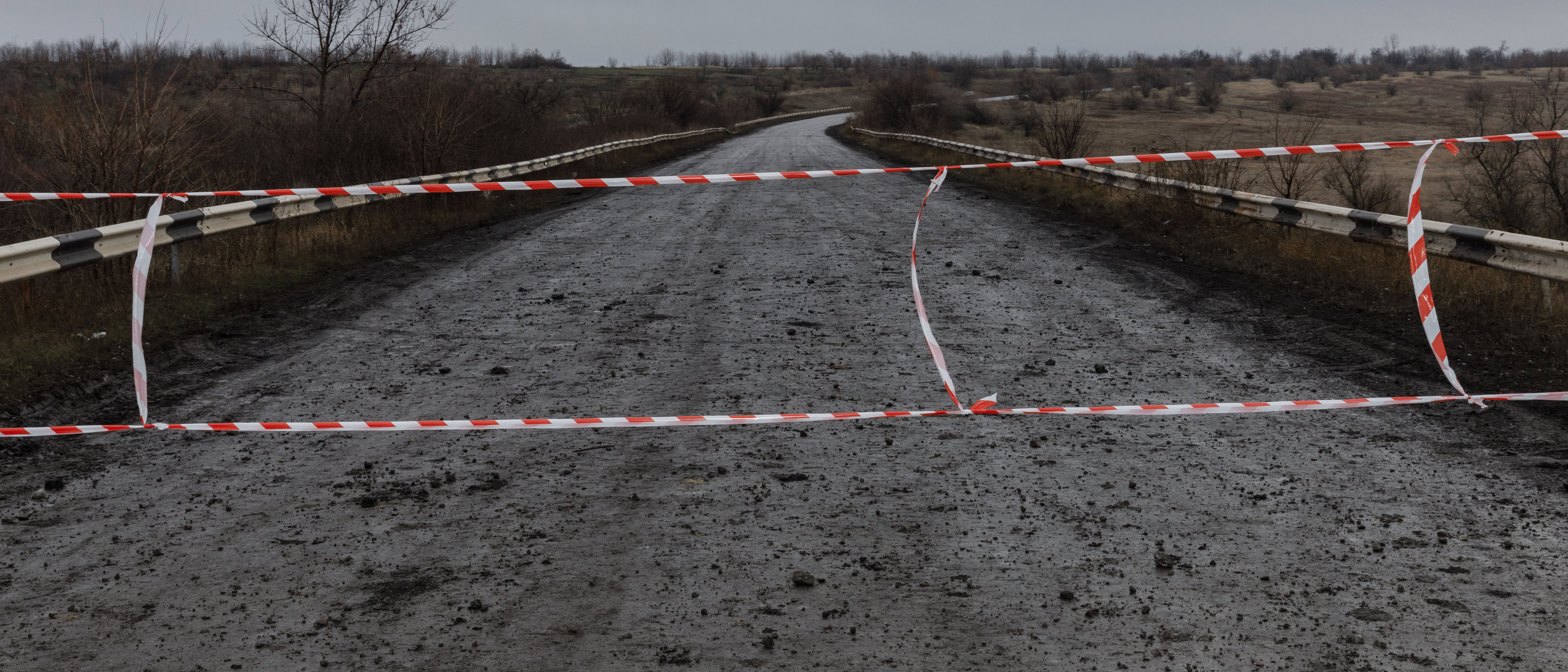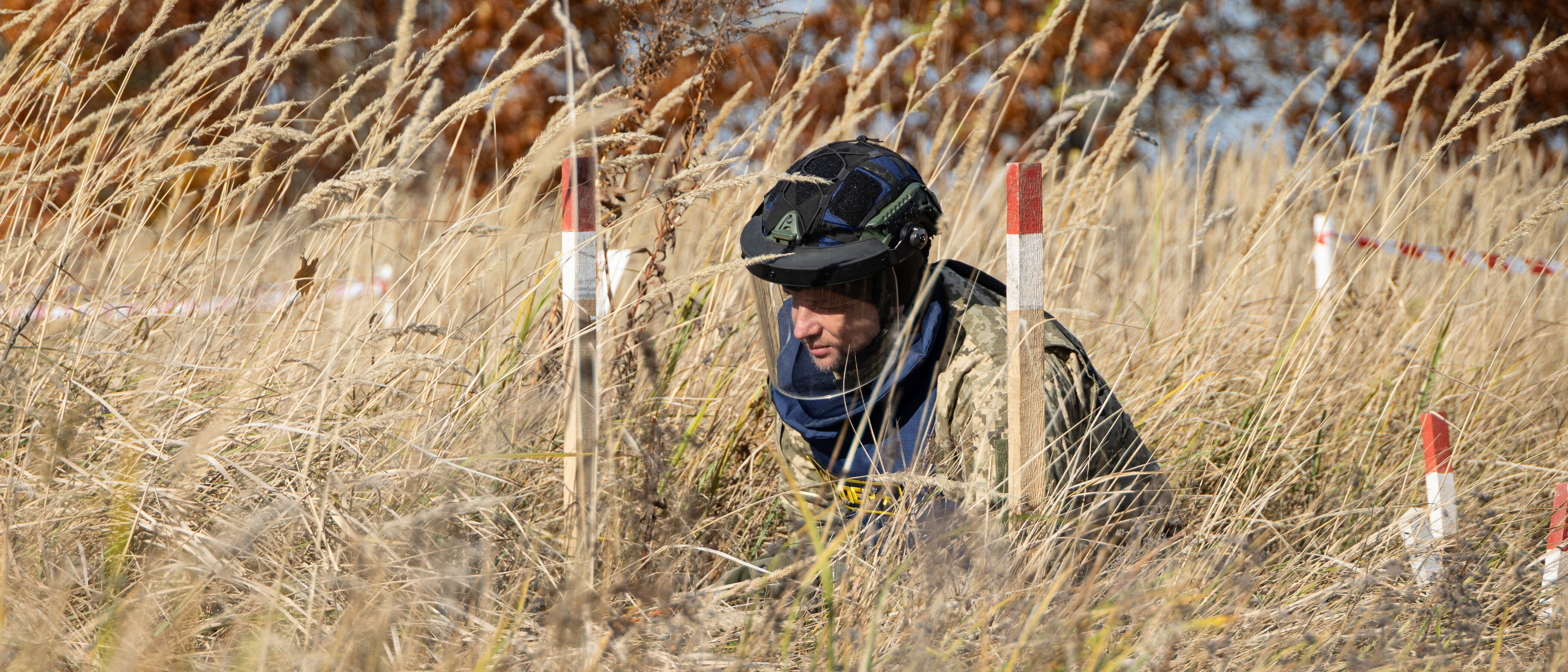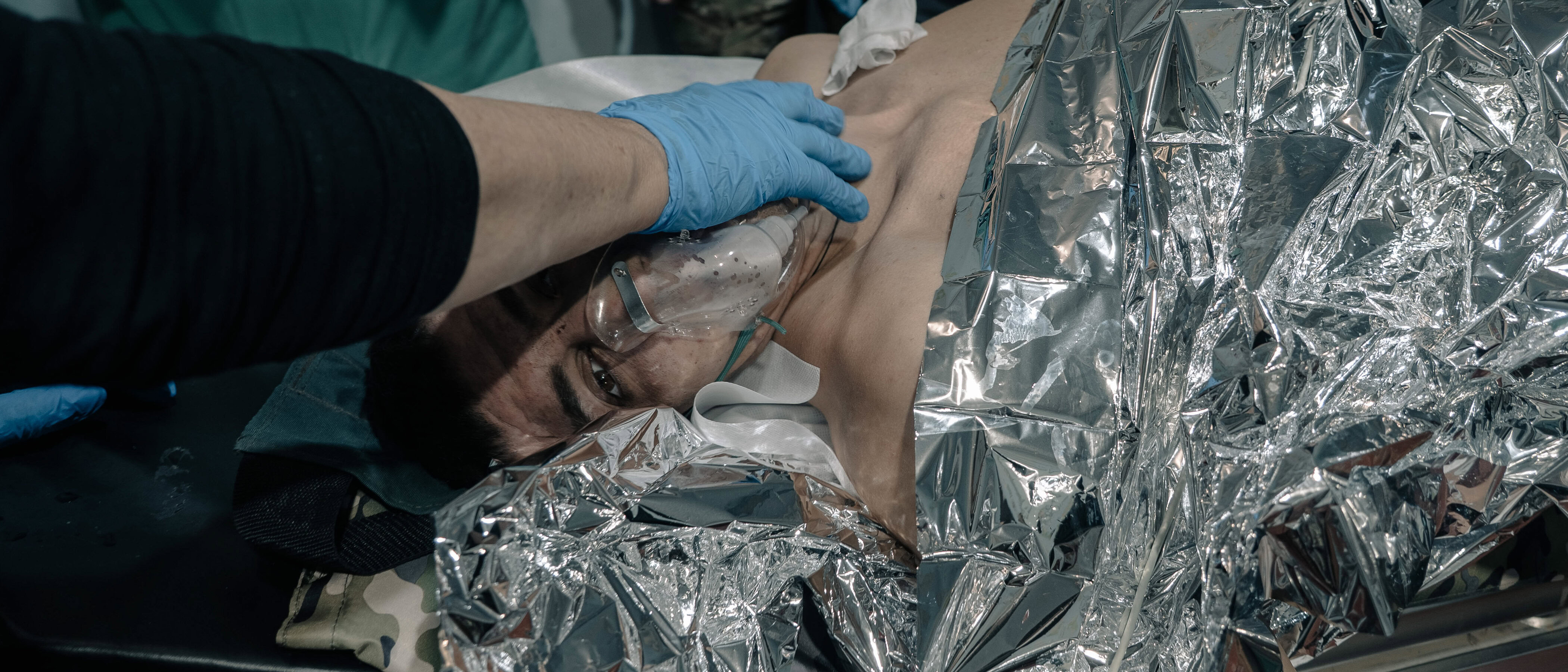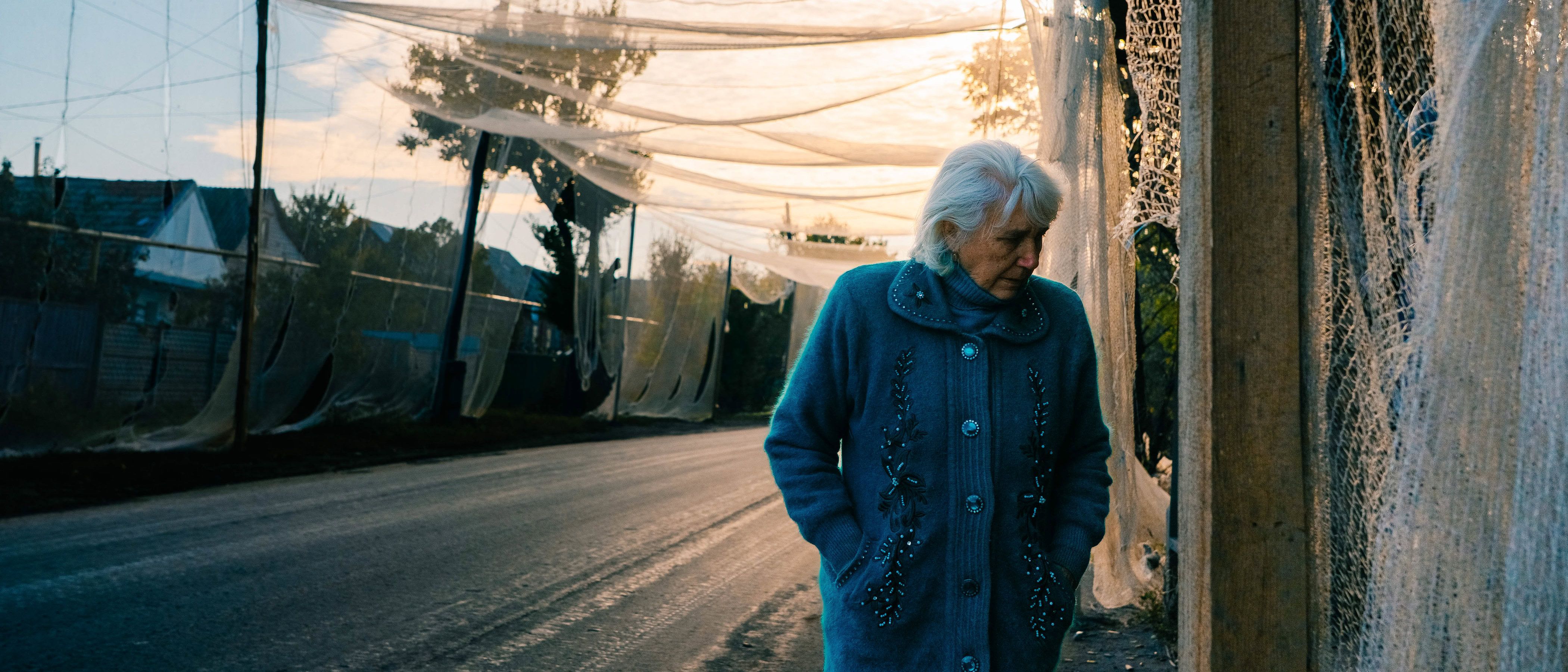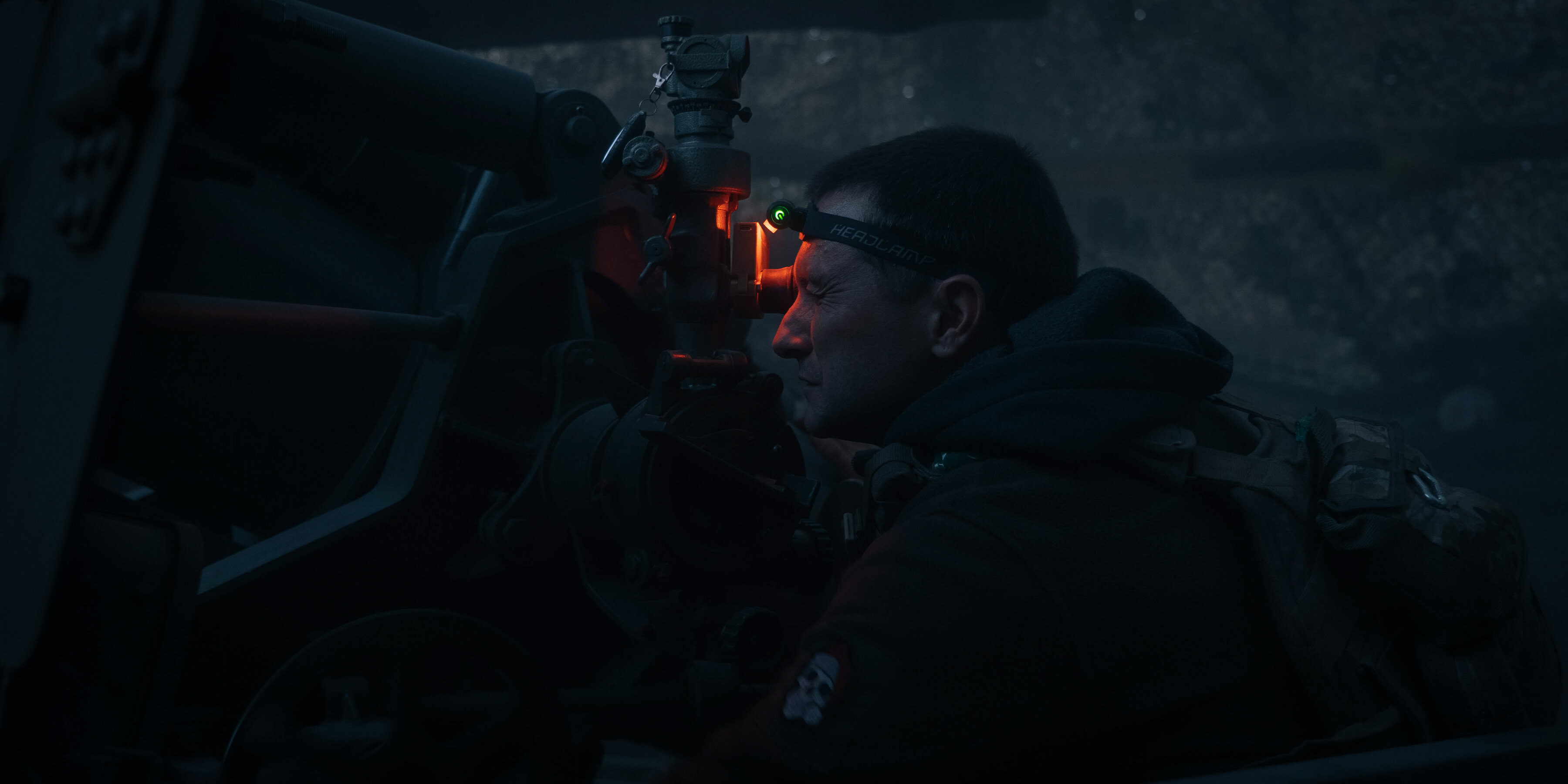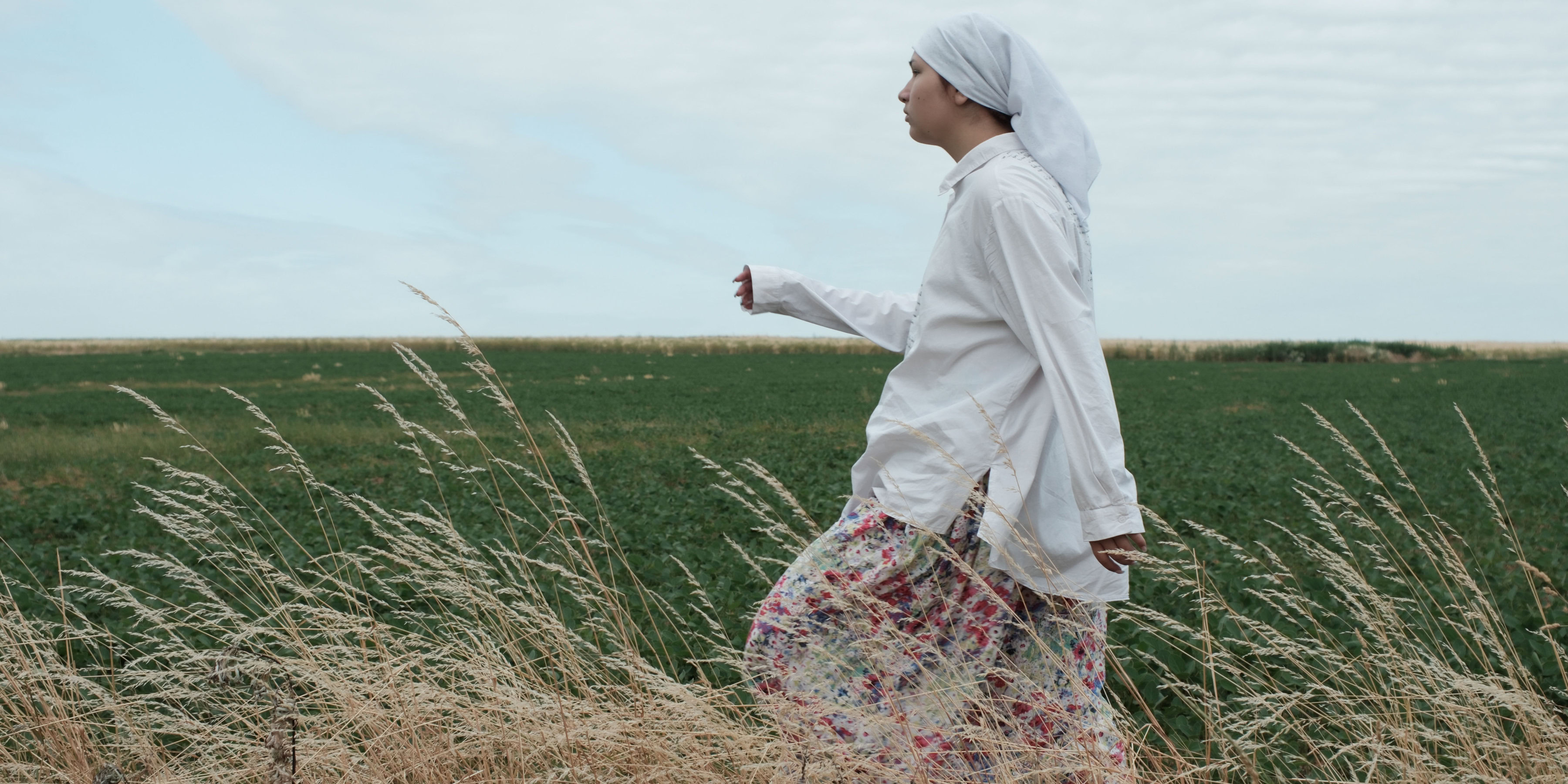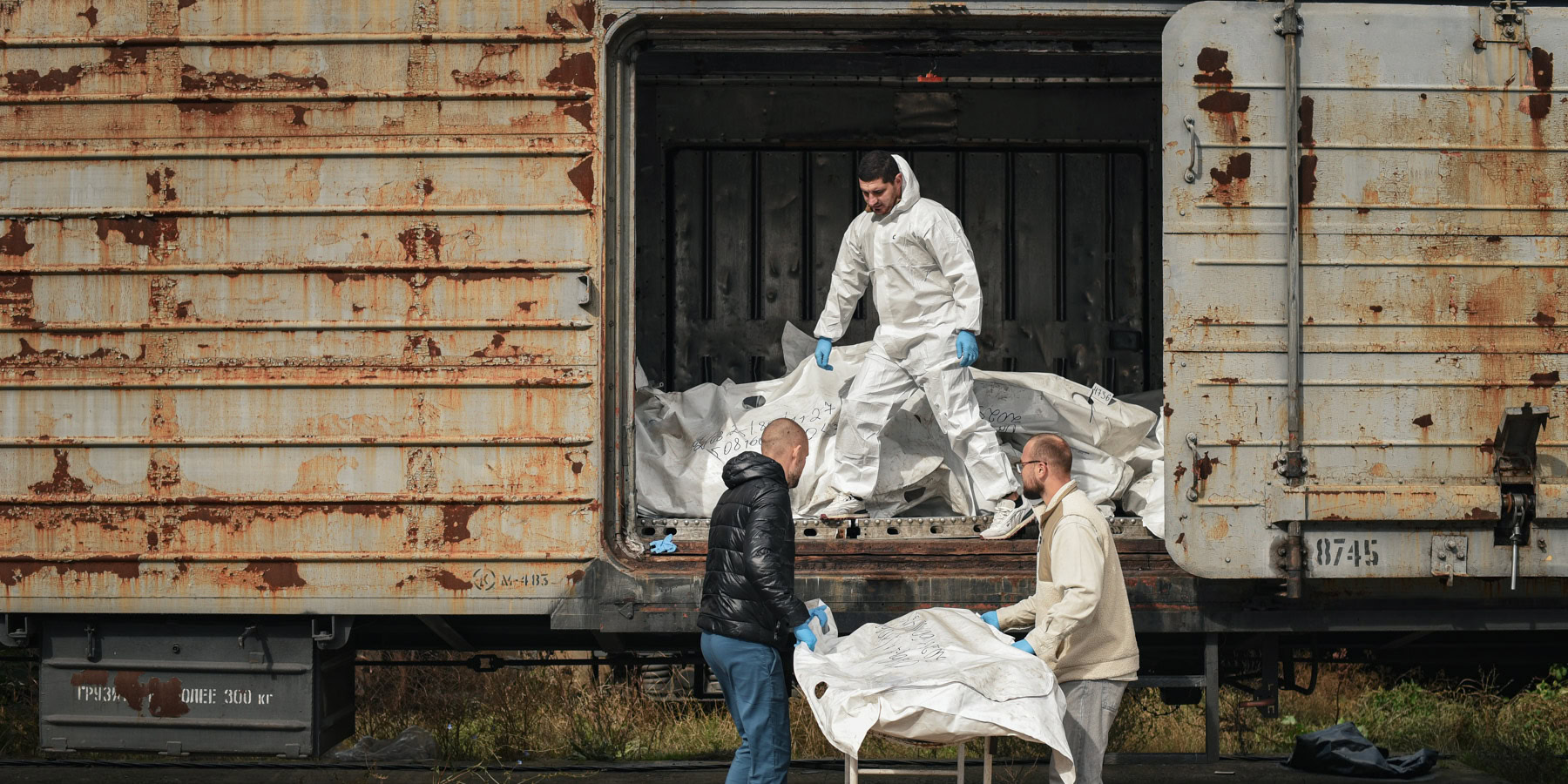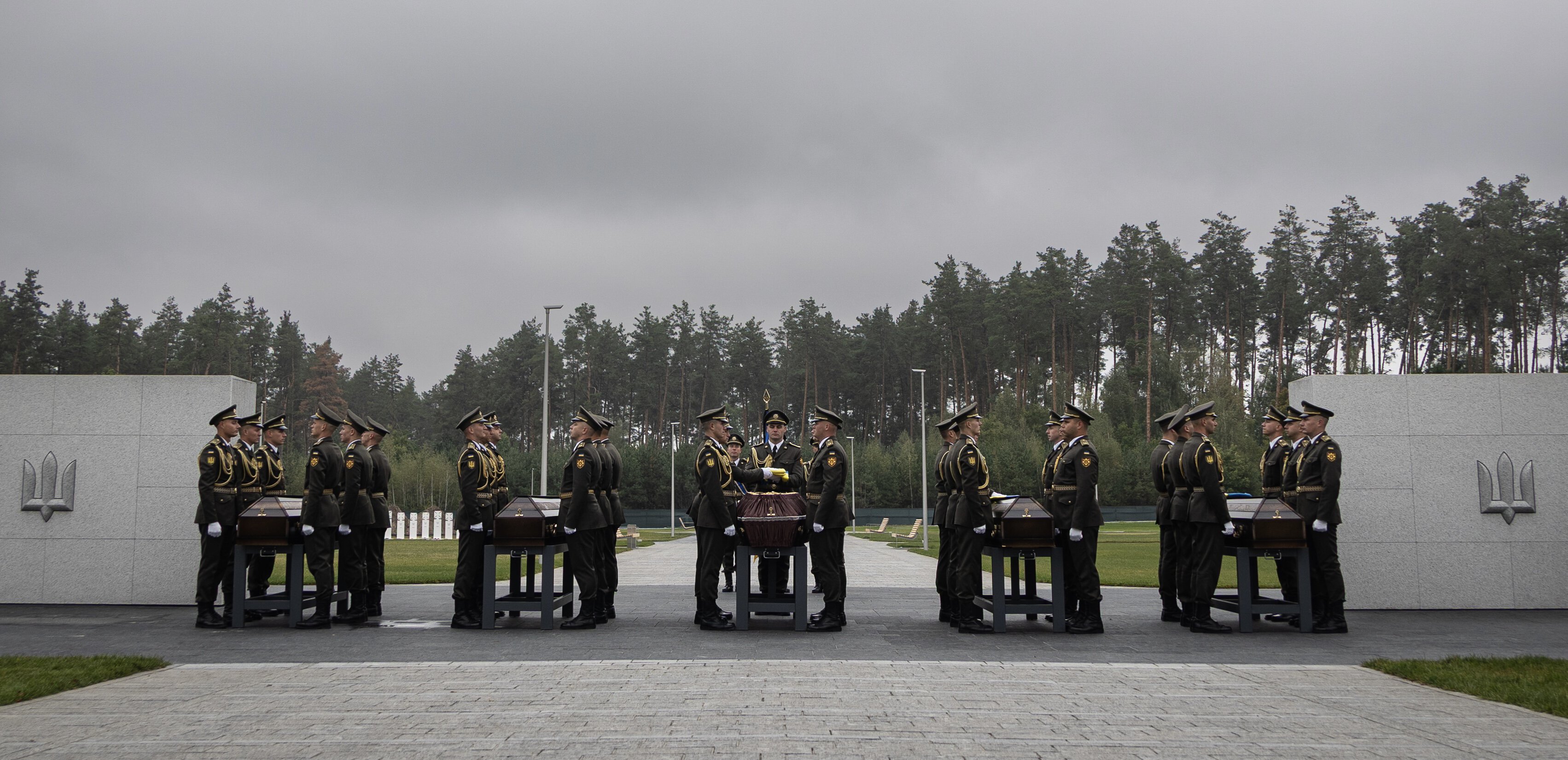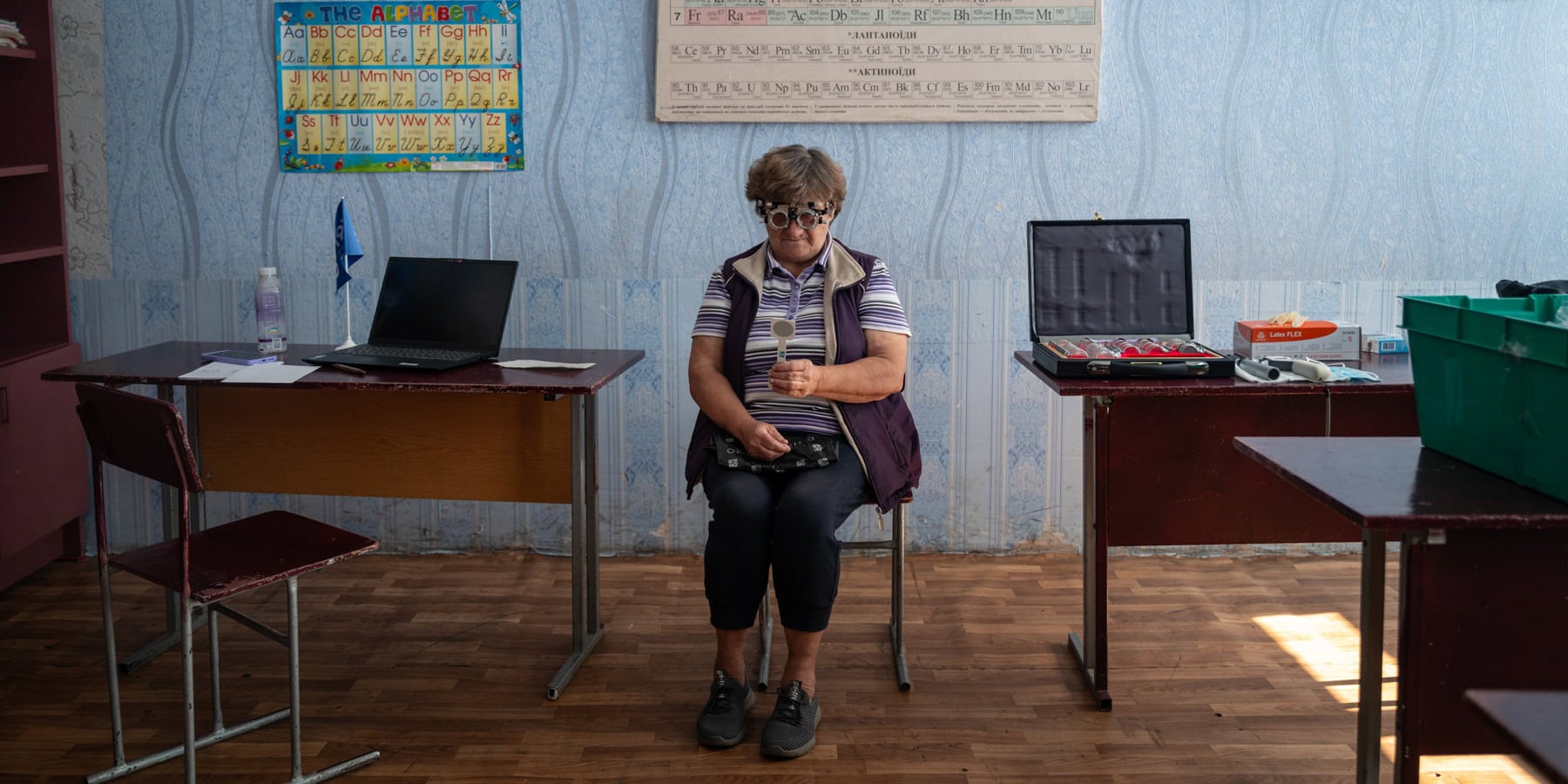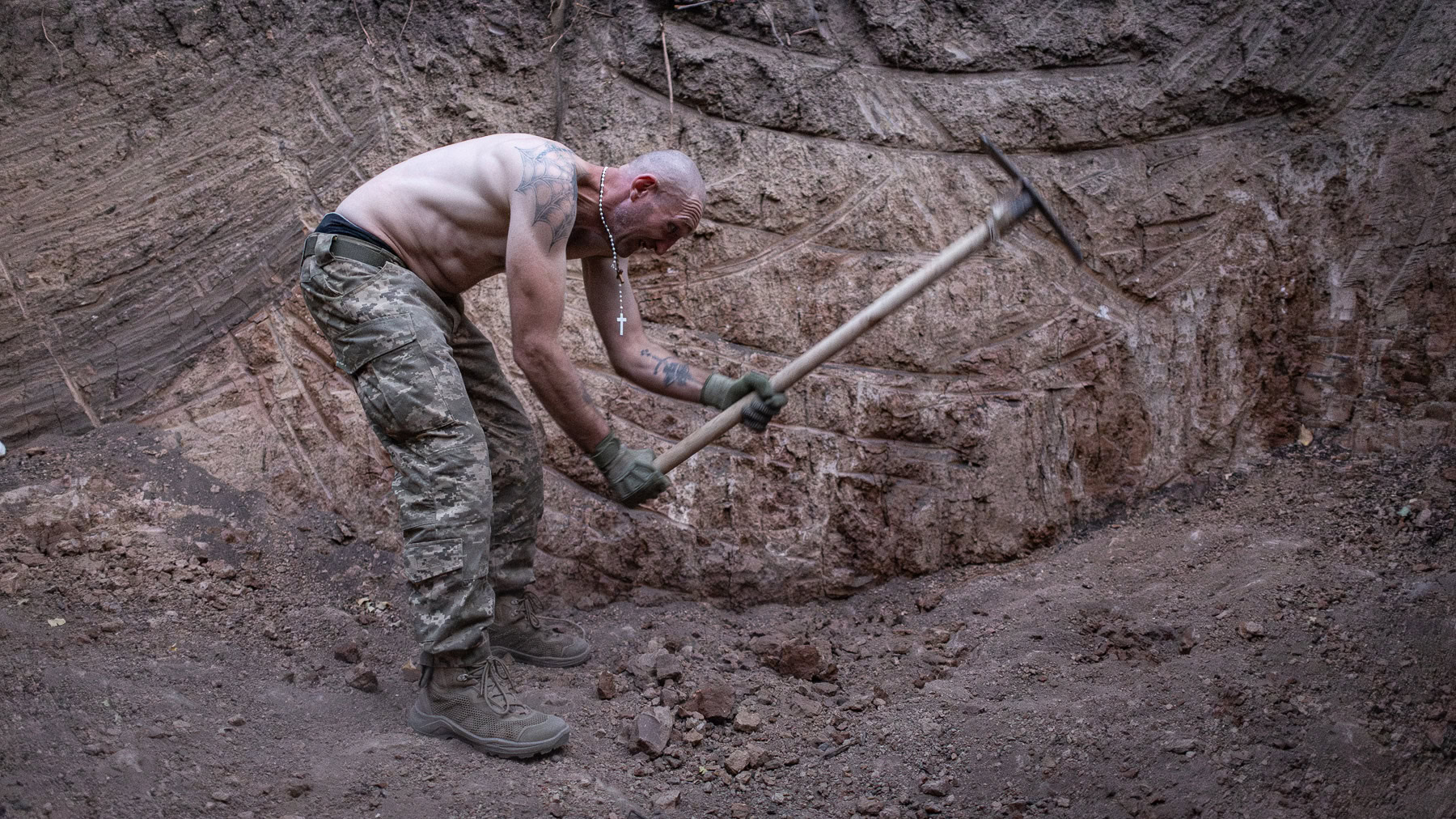

-
Facing the future: how an international team of surgeons is saving the faces of soldiers
Surgeons from the US and Canada came to Ukraine to work alongside their Ukrainian colleagues, operating on soldiers with severe facial injuries. Over five days, surgeons perform thirty procedures on people injured in the war. This Frontliner article explores how surgeons are restoring the appearance and function of their faces.
-
The situation in the Oleksandrivka direction is becoming more difficult – the Ukrainian Armed Forces are implementing a new defensive tactic.
The situation in the Oleksandrivka direction has been steadily worsening in recent weeks. Russian forces are pressing forward with infantry assaults, attempting to break through Ukrainian positions using motorcycles and light armored vehicles, while covering their advance with attack drones from above.
-
From discharge to demining: the veterans determined to return to the military service
In Kyiv, veterans are training in humanitarian demining to find their place in civilian life while applying their combat experience and skills. Learning to become a deminer after being wounded and leaving the Armed Forces allows them to continue serving in a new way – helping with Ukraine’s recovery.
-
Where lives are saved: a stabilization point in the Donetsk region
The calm at the stabilization point suddenly ends, as if someone flipped a switch. Just moments ago the medics relaxedly drank coffee with snacks, went out for a smoke break, and scrolled through social media, the corridor was filled with the stamping of feet, shouts of “seriously wounded!”, and groans of the wounded.
-
Armor shortages, blocked routes, and conscription risks – the challenges of evacuation under fire
The sky over Kostiantynivka is swarming with FPV drones, hovering before striking vehicles. The anti-tank warheads attached to them pierce straight through armored cars, while ordinary ones are shredded to pieces.
-
Gun ‘Milf’ gives the occupiers hell – the 80-year-old M114 howitzer still firing near Pokrovsk
The American M114 gun is now in action on the Pokrovsk front, holding back the Russian onslaught. Originally built in 1943 to halt the advance of Nazi forces during World War II, it was transferred to Ukraine by the Czech Republic during the full-scale war.
-
Act of faith or challenge to security: how old rituals defy the realities of war
A mass religious pilgrimage from Chernivtsi to the St. John’s Monastery in Khreshchatyk highlighted how religious identity can harden into social inertia. In August 2022, local authorities formally suspended religious pilgrimages under martial law.
-
Names that wait: how Ukraine identifies the fallen
Ukraine is bringing home her fallen defenders. But with each body comes a difficult undertaking: determining their identities. Identification of the dead has become one of the most challenging tasks of the war.
-
Dignified burial of fallen soldiers: challenges for families, shortage of gravesites, and public dissent
At the National Military Memorial Cemetery, which opened on August 29, 2025, more than one hundred soldiers have already been laid to rest. Frontliner reporters observed the ongoing construction of this site and learned about the challenges Ukrainians face in burying their fallen defenders.
-
Float like a butterfly, even with a prosthetic: veterans in the ring push beyond their limits
At the “Beyond the Limit” boxing tournament, veterans who have undergone traumatic amputations stepped into the ring. The thrilling fights showed that willpower can push the boundaries of what’s possible.
-
“I’m here so people don’t feel abandoned” – volunteer medics from Kyiv step in to provide aid to frontline regions.
Medics from Kyiv travel hundreds of kilometers to help civilians in villages of frontline regions where there is no access to quality healthcare. They believe that those who decided to stay have the same right to medical care as everyone else.
